
Until last night, I had no idea who Jack Conte was. But YouTube decided I might enjoy his recent talk at SXSW.
While me and Al/Algorithm have an it’s-complicated, love-hate kinda relationship, this time it nailed it.
If you’ve been on the internet for any length of time, I highly recommend this 40+ minute deep dive into the history of online creativity, spanning from Web 1.0 in the 1990s to today’s attention and creator economies.
TL;DR: Jack Conte is the co-founder and CEO of Patreon. He started as an indie musician and, in my opinion, is a fantastic storyteller. It took me until halfway through the talk to realize he co-founded Patreon.
By then, Conte had already impressed me with his insights on online creativity, the power of “subscribe,” and the importance of finding and connecting with “true” fans. All topics I’ve been noodling on lately.
As a middle-aged, gay creative, I kinda/sorta grew up with the internet. A couple of years after college, a friend from high school invited me over to his new place (circa 1995) to demo the World Wide Web.
While I had heard about it in college, all the text-based forums weren’t my cup of tea. I’m a visual learner, so once I realized the Internet had pictures (and porn), I signed up for America Online the next day.
The rest, as they say, is history—a slow, plodding history. It’s taken me nearly 30 years to realize what most 20-year-olds grew up knowing:
The internet isn’t just for porn; it’s for connection, education, and inspiration too.
So why did it take me so long to embrace it? Like most of us, I’ve been around the block enough times to be wary of fads and trends. I’m skeptical of blindly following anyone or anything. I proudly read as little news as possible, trusting that whatever I need to know will “bubble” up through the real-life people I know and/or the online people I kinda know.
As legacy media (both entertainment and news) continues to consolidate its power (and wield it in the weirdest and wrongest ways possible, in my opinion), opportunities for creatives like myself keep emerging—smaller in scale, more niche than ever.
As Mr. Conte eloquently points out, the goals of most platforms (reach and watch time) may support the goals of creatives, but our goals are not the same. They want quantity. I prefer quality. Though I realize quantity can lead to quality.
For every Kardashian-like “influencer” with millions of followers, there are thousands of small creators like myself making at least part of our living creating and using the internet to connect with audience that enjoy our work. We’re creators. Not influencers.
My feeling about the 15-minutes of (internet) fame trend is summed up in one the chorus of “Nine People's Favorite Thing,” a song from [title of show]:
“I’d rather be nine people’s favorite thing
Than a hundred people’s ninth favorite thing”written by Jeff Bowen
Though I love sharing my creativity and understanding of art and history, I truly bristle at the idea of having “fans” and “followers.” Even “subscribers” is a weird concept (to me anyway). I’m honored that so many find my work engaging enough to recommend and share…and even support. To me, that’s not a fandom…that’s a crew.
If you’re still reading this, that crew includes YOU.
We’re all in this elevator of life together, so let’s go crazy…and make beautiful things.
Thanks for reading!
Clint
P.S. As much as I enjoyed Mr. Conte’s talk, I’m happy here on Substack and don’t need or want yet another platform to manage. Less is more, right?
P.P.S. Like fellow creative Wayne White, I often find beauty sometimes embarrassing. Aren’t most good things in life—at least a little—embarrassing? 🙊🙈🙉
FOUND PHOTOS
MORE FROM COLLIDE PRESS
Bluesky + Ko-Fi + Linktree + Shop
+ Storefront + Threadless + YouTube


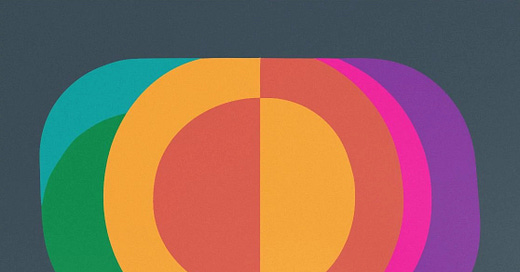




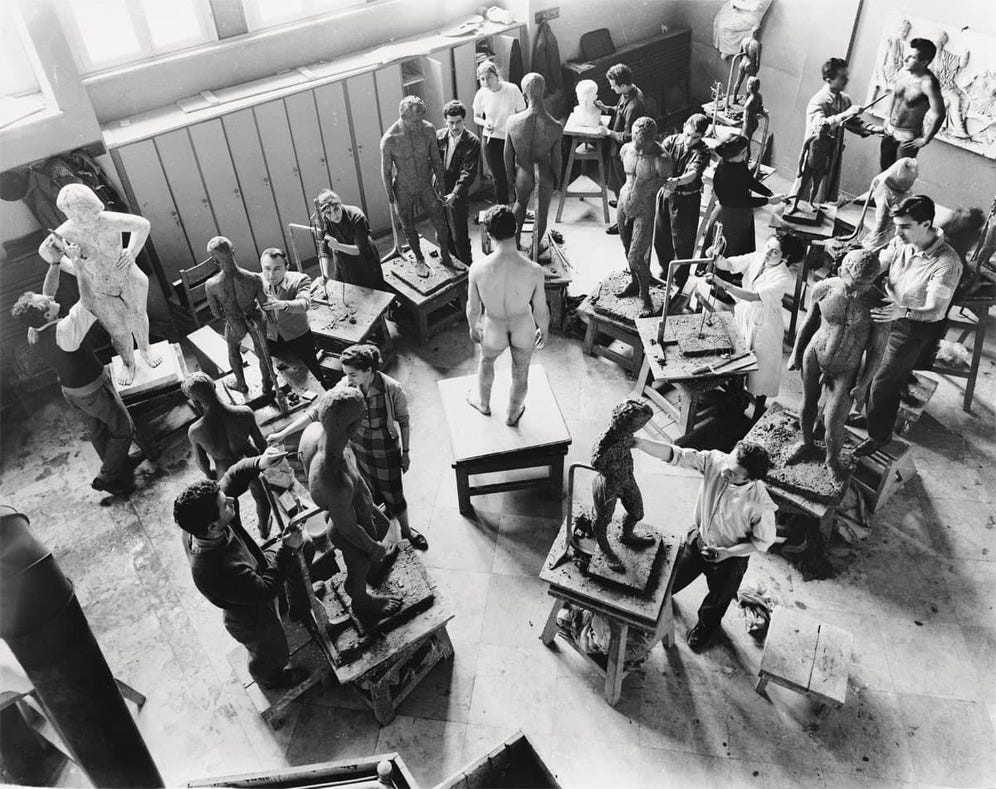
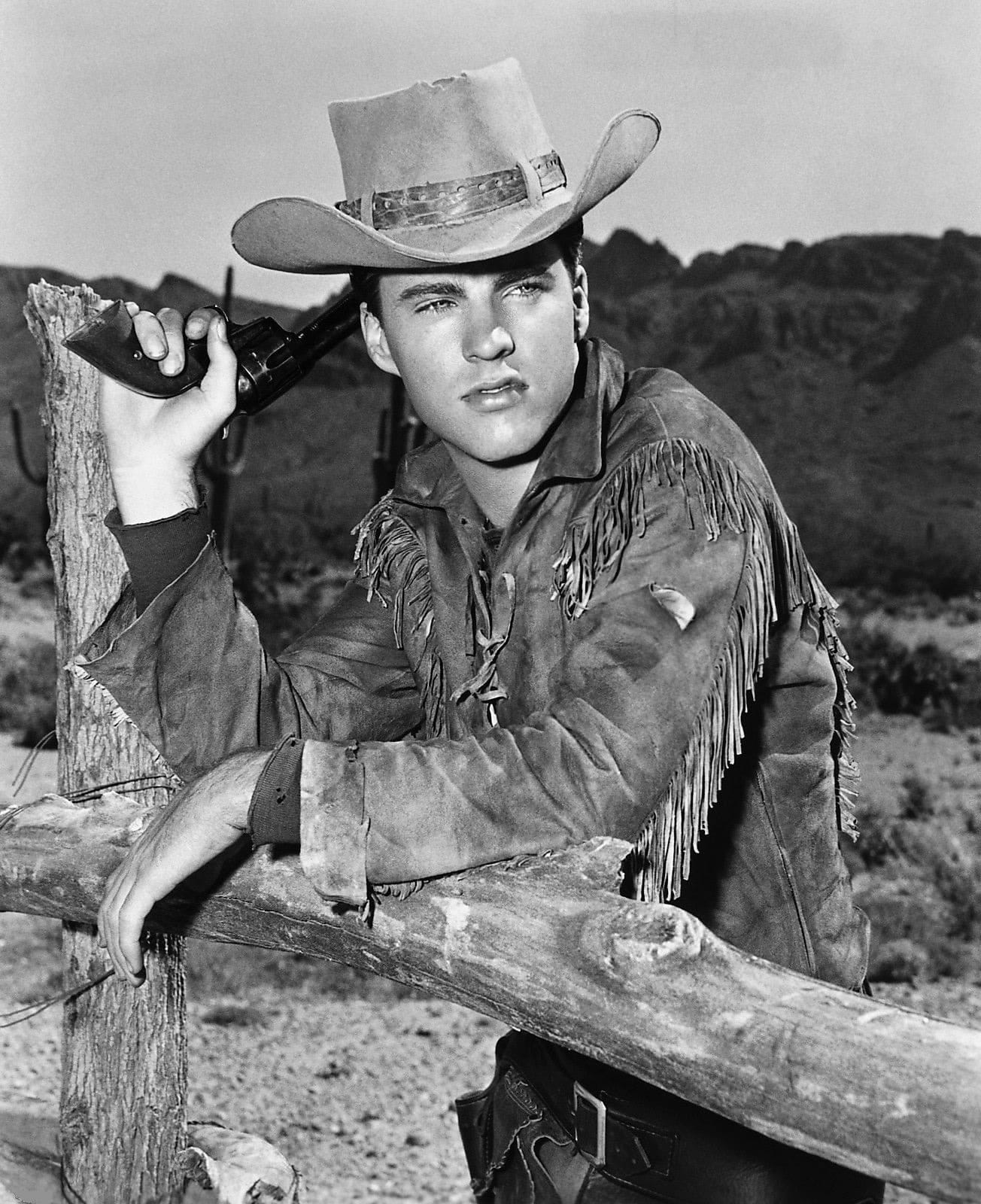

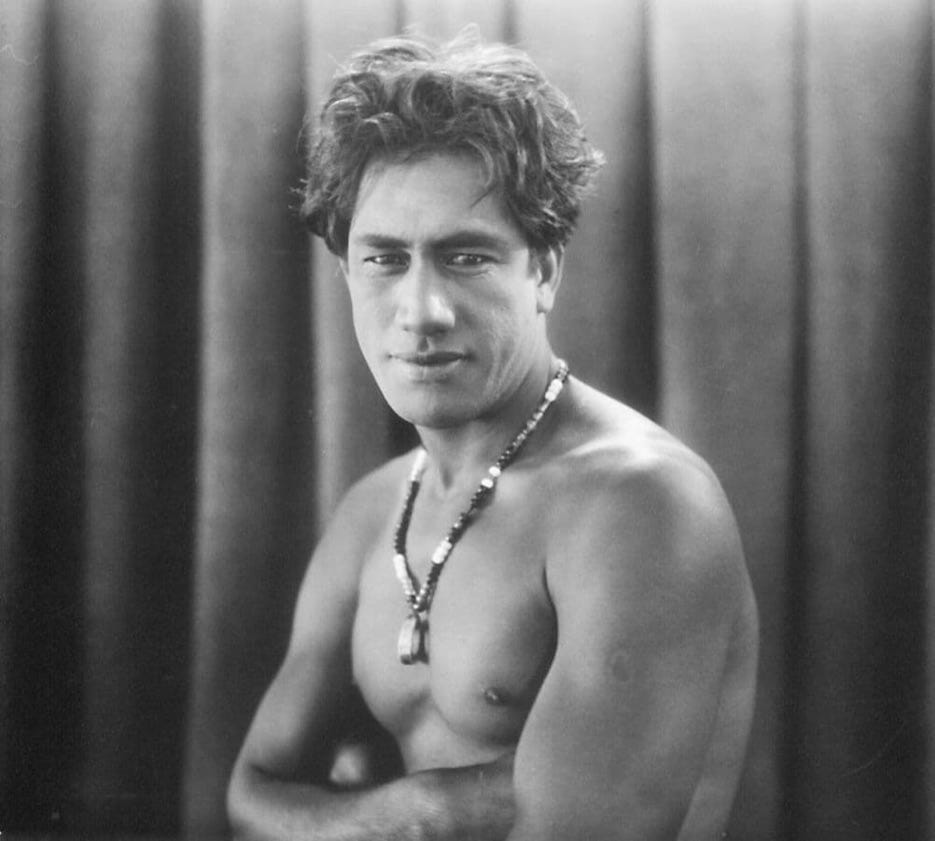






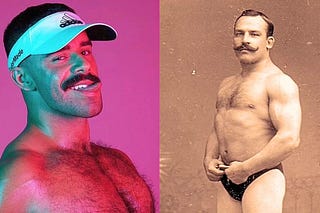



Love this post - I struggle every day with the prevalent "chasing subscribers" paradigm, the MORE we chase it, the further we get away from the real point and purpose of creativity. Thanks for the work you do, Clint. 💜